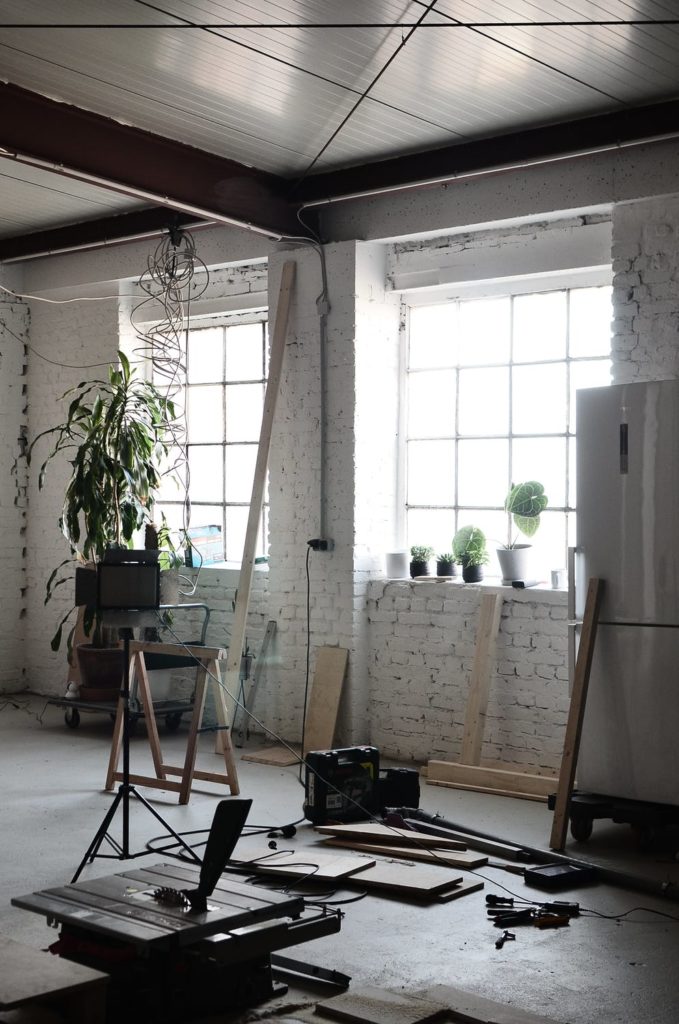Sooner than later, every homeowner will need to invest some TLC into their homes. Making home improvements both large and small is key to key maintaining the condition of your home and improving its value. Sometimes the need to make home repairs isn’t planned and you don’t have enough capital to fund your project. The good news is that there are several ways to finance home repairs if your cash flow is tight. The more repair work you can DIY the more money you can save on labor. Unless you have experience and the skills to handle an electrical and plumbing system and tackle construction, you’ll need to hire a reputable contractor.
Home Remodel or Home Repair Loan
One of the most common financing options for homeowners is home improvement loans. Lenders of these unsecured personal loans don’t require collateral to qualify for the loan. Your credit score determines your eligibility and interest rate. Once approved for a home improvement loan, borrowers can receive the funds from the lender the same day. Home repair loans have shorter loan terms, higher interest rates, lower loan amounts, and fewer fees compared to home equity loans or home equity lines of credit (HELOCs). An unsecured personal loan is a smart way to finance small or midsize renovation projects.
A plumbing system issue isn’t something you can ignore. Whether the water heater isn’t heating, the sump pump isn’t working, or signs of mold and mildew point to a water leak, you need the expertise of a reliable plumber. Ignoring these issues or failing to treat them as emergencies are actions that could damage your Savoy, IL, home’s plumbing system. Homeowners in Champaign-Urbana and Savoy, IL, rely on the pros at Lanz, Inc. for long-lasting HVAC system and plumbing system solutions. They offer air conditioning, heating solutions, ductless heating and cooling, and indoor air quality services. It’s always a good idea to rely on the expertise of a professional plumber for all of your plumbing issues.
Bridge Loan
Alternative financing can be a great option for certain homeowners. A bridge loan, also called interim financing, gap financing, or a swing loan, bridges the gap between the need for financing and waiting for it to become available. Individuals and small businesses rely on bridge loans, which can be customized by lenders. Small businesses use bridge financing to bridge the gap between making payroll and the capital being available. Homeowners use bridge loans to purchase a new home while waiting for the sale of their current home. Borrowers tap into the equity of their current home for the down payment on the purchase of a new home while their current home is listed.
Bridge financing is a short-term loan with a loan term of two weeks to one year. It carries a higher interest rate and origination fee than a conventional loan. At Northwest Private Lending, borrowers can find a variety of equity-based financial products not offered by traditional lenders. The loan specialists at nwprivatelending are experts in loans that support successful real estate transactions.
Home Equity Loan
Rather than take out a home equity line of credit (HELOC), homeowners can apply for a second mortgage to finance home repairs and upgrades. A home equity loan is similar to a home improvement loan; a lump sum is paid by a lender to a borrower who makes regular fixed monthly payments for an agreed-upon loan term. Home equity loans feature a fixed interest rate, which means borrowers pay the same monthly payment for the life of the loan. This type of loan uses your home as a form of collateral against payment default. A home equity loan is a great option if you know the exact cost of your improvement project.
Home repair loans, bridge loans, and home equity loans are some of the most common types of loans homeowners use to finance home repairs and upgrades.

